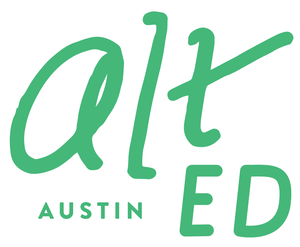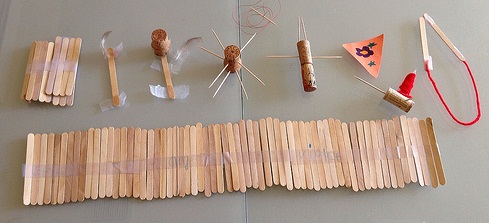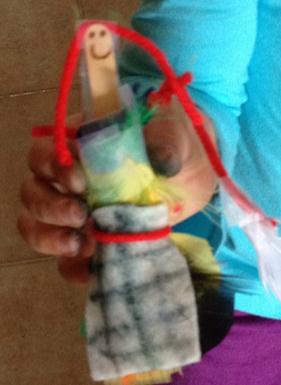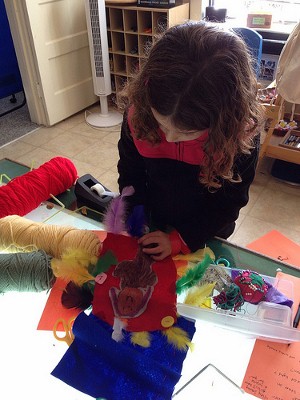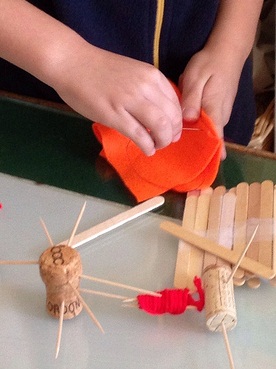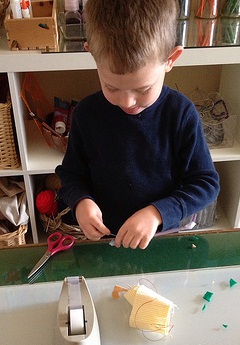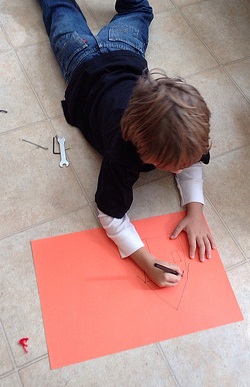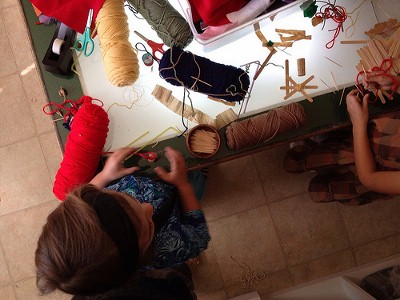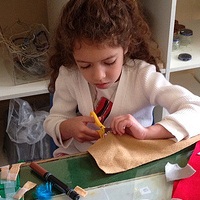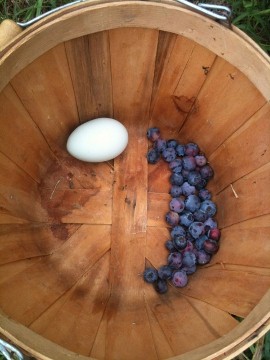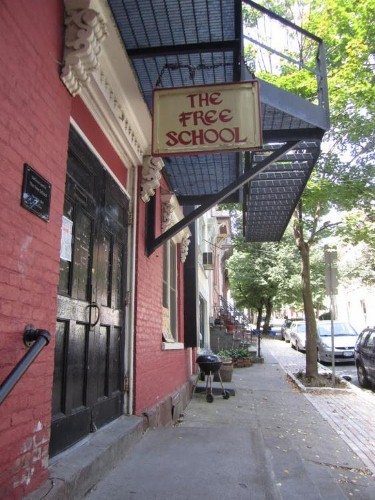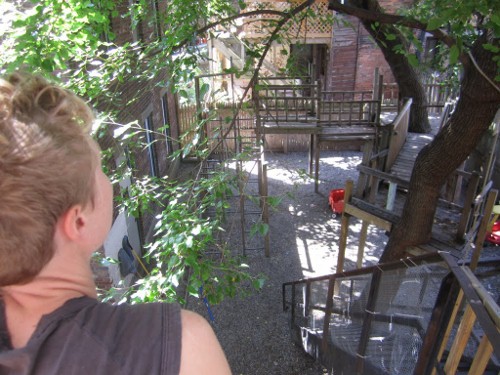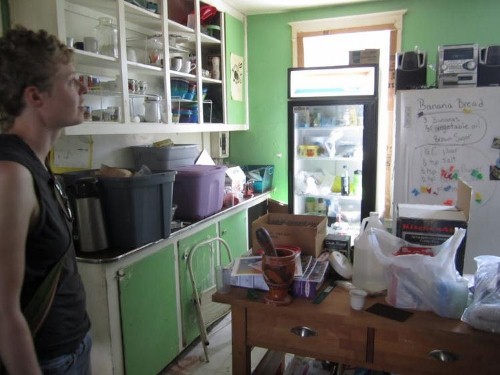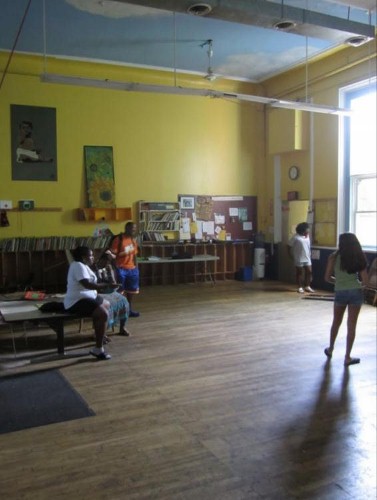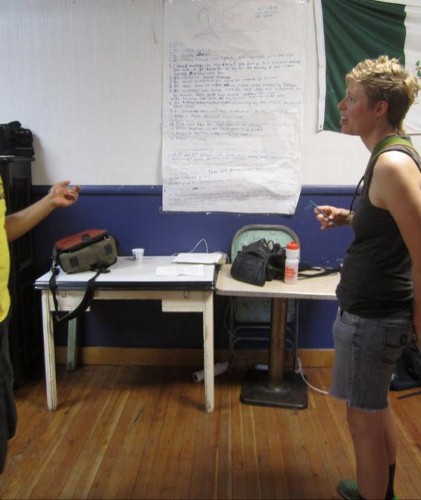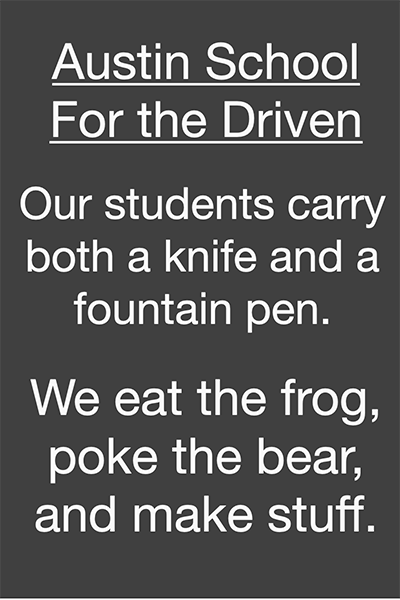Looking back, looking ahead
/Today is the first anniversary of Alt Ed Austin’s official launch, and with a memorable date like 12/12/12, it’s an auspicious start to another promising year of support for authentic education in all its forms. It’s also a good time to pause and reflect on what this growing community (both online and off-) has accomplished over the course of the past year, acknowledge our partners who’ve made it all possible, and look ahead to what’s in the works for our second year.
When I created this website and blog last fall, I had modest hopes that it would help connect the handful of small independent schools I happened to know about with local parents who were searching for different kinds of learning communities for their kids who, for a variety of reasons, were not thriving in public, charter, or traditional private schools. Since then, I’ve discovered that there are many more of these unusual schools and innovative educators in the Austin area—and many more parents looking for them—than I’d imagined. When it launched, the Alternative School Directory comprised eight programs serving K–12 students; it currently lists twenty-one. The Map of Alternative Schools now stretches from Leander and Round Rock in the north to Oak Hill and Dripping Springs in the south. Likewise, Alt Ed Austin’s readership has steadily increased, with more than ten thousand unique visitors and a growing and active Facebook community. Likewise, the Calendar has become a busy place, with open houses, information sessions, and workshops posted every month.
Almost immediately upon launch, I began receiving requests to add a directory of preschools that could be described as “alternative” in approach. That page has proven to be one of the most visited on the site. Soon I began hearing from both educators and parents who were looking for a way to get the word out about camps, after-school programs, and other, less easily classified educational programs; in response, I created the More Alt Ed Programs list, which is our most frequently updated page. Watch for the return of our popular directories of off-the-beaten-path summer camps in early 2013.
The most exciting and enjoyable aspect of managing Alt Ed Austin has been working with and providing a forum for the many brilliant educators who’ve contributed guest posts for the blog. They’ve generously shared their experiences, insights, struggles, and triumphs large and small. In twenty-one posts to date, they’ve written about both theory and practice in ways that are relevant and accessible to parents, education professionals, and anyone with an interest in alternative approaches to education. I’d like to thank all of them for not only helping provide a steady supply of excellent content for this blog but also adding their clear voices to the important ongoing community conversations about what education can be. I invite you to add your own voice by commenting on any blog post that interests, troubles, or inspires you.
I’m particularly pleased to report that these conversations are not limited to the blogosphere. Over the course of this year, I’ve become aware of and had the privilege of participating in a movement that has great potential for positive social change. Independent educators are coming together, exchanging ideas and best practices, collaborating and supporting one another, joining with esteemed colleagues working within the public school systems, creating ways to make these alternative models of learning accessible to all children, and changing the educational landscape in ways that I believe will ultimately benefit everyone. You can expect to hear a lot more about the Education Transformation Alliance in the coming year.
You’ll also hear about more public events like the independent school tours and fairs that Alt Ed Austin sponsored this year. In addition, we’re planning some brand-new ventures, including film screenings, panel discussions, and workshops on topics of concern to parents and educators. Stay tuned for details about the first of these, which will deal with a very timely subject: talking to kids about climate change. What other topics or types of events would you like to see Alt Ed Austin delve into? Please speak your mind! The comments section below is all yours.
Creating, maintaining, and promoting Alt Ed Austin truly has been a labor of love, but I haven’t done it alone. Many thanks go to my family, who have been unwaveringly enthusiastic about the project, even when it has meant long hours at the computer or away at meetings. I am also deeply grateful to those who stepped forward recently when I opened the sidebar for sponsorship to help offset the costs and time required to maintain the site: AHB Community School, Austin Creative Art Center, Edible Austin, Joyful Garden, Kairos Learning, Progress School, and Soleil School. Most of all, right from the beginning, it’s been the audience making this thing work. Without all of you reader-collaborators participating, supporting, and spreading the word, Alt Ed Austin could not have become the useful resource and thriving community it is today. Thank you!
I look forward to working together in the coming year to support diverse, wonderful ways of learning in Austin and beyond.
Teri
